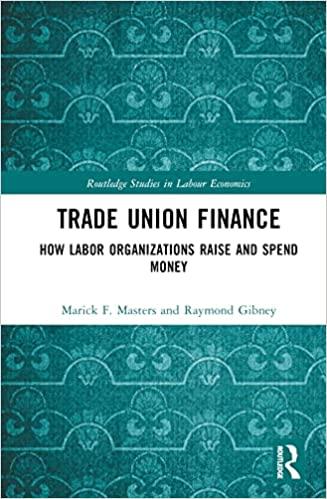Question
1) Before the offer for Gillette was announced (i.e., at the close of trade on 1/26/2005), P&Gs stock price was $55.44, and the firm had
1) Before the offer for Gillette was announced (i.e., at the close of trade on 1/26/2005), P&Gs stock price was $55.44, and the firm had 2,522.583 million shares outstanding (fully diluted). If the proposed merger produced ZERO synergy, what would happen to P&Gs stock price after the merger is completed?
Given: Gillettes stock price at the close of trade on 1/26/2005 was $45, with 1,068.379 million shares outstanding and had an implied offer for its stock price at $54.05
Given the price of the Gillette acquisition is $57.177 billion, its share price at the close of trade 1/26/2005 is $45 and the firm has 1,068.379 million shares outstanding the exchange ratio offer for Gillette is 0.975.
2. In the scenario just described above, what would the premium have been for Gillettes shareholders selling their firm to P&G?
3. Right after the deal was announced P&Gs stock price dropped about 4% to $53.23. Based on this market price for the acquirers stock, how much synergy was the market expecting this acquisition to produce (in dollar terms)? And in this scenario, what would the premium have been for Gillettes shareholders selling their firm to P&G?
Step by Step Solution
There are 3 Steps involved in it
Step: 1

Get Instant Access to Expert-Tailored Solutions
See step-by-step solutions with expert insights and AI powered tools for academic success
Step: 2

Step: 3

Ace Your Homework with AI
Get the answers you need in no time with our AI-driven, step-by-step assistance
Get Started


